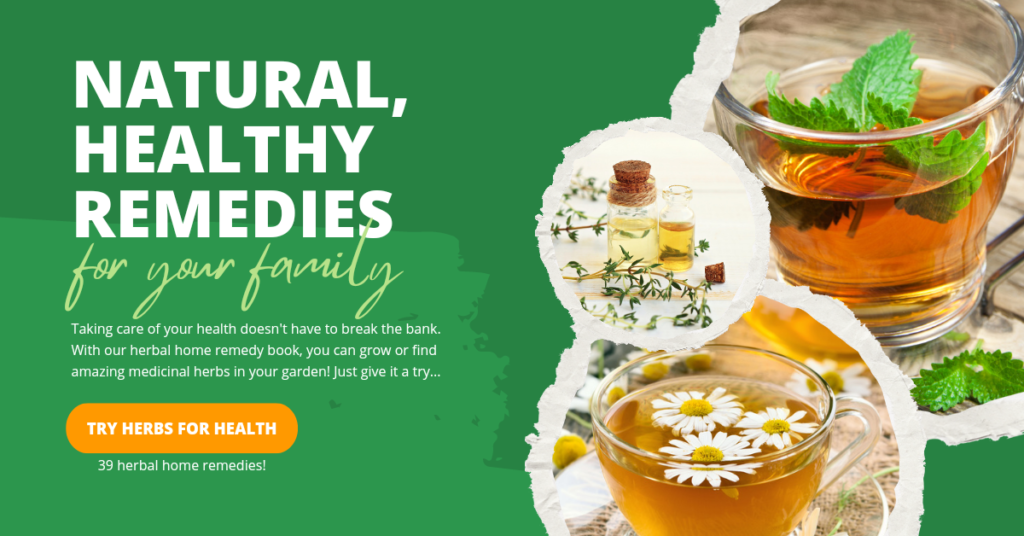This site contains affiliate links to products sold by selected self improvement partners. We may receive a commission for purchases made through these links.
I remind you that the information provided in this series is for information purposes only and is not to be used or relied on for any diagnostic or treatment purposes. This information is not intended to be patient education, neither is it to be construed as such. It does not create any patient-physician relationship and should not be used as a substitute for professional diagnosis and treatment where required. Consult a doctor for medical advice, treatment or diagnosis.
Also, while every attempt is made to ensure accuracy, you are strongly advised to take responsibility and do your own research.
In the previous article, we looked at another aromatic herb that is popular here in the United States: Sage.
For this article, we are going to look at Tarragon.
Two varieties
Tarragon (Artemisia dracunculus L) is a perennial herb and a relative of the Asteraceae family, which includes daisies and sunflowers. It is also known as:
- estragon,
- dragon wormwood,
- false tarragon, or
- dragon’s wort.
There are two varieties, Russian and French. The Russian variety is bitter and often used for medicinal preparations. It appears then that it is the French variety that is used most in cooking.

Note: I am an affiliate for the above offer and may get a commission on each sale.
Traditional uses identified in research
Recent reviews by Polish researchers, identified several traditional uses of this plant, especially in Asian medicine:
- treating digestive disorders,
- as an analgesic,
- a hypnotic,
- antiepileptic,
- anti-inflammatory,
- an antipyretic agent (preventing/reducing fevers),
- treatment of helminthiasis (infestation due to parasitic worms),
- stimulating appetite, and
- detoxifying the liver.
Other research identified antimicrobial properties of the plant.
Current medicinal uses
Tarrgon has also been used to
- relieve pain associated with dental diseases,
- manage hyperglycemia, diabetes, and other metabolic syndomes, and
- treat skin wounds, irritations, allergic rashes, and dermatitis.
A little trivia
The etymology of the word “Tarragon” goes back to the Greek drakon which means “dragon.” Its nickname is “little dragon” (from the Latin dracunculus). There are two beliefs about how this nickname came about. One is related to early thinking that Tarragon had the ability to cure venomous snake bites; the other is related to the roots which resemble a serpent.
For a more or less complete profile of Russian Tarragon, including its history and cultural significance, check out the article from the American Botanical Council (the link is in the Sources section below).
So you want to grow your own, huh?
Check out this video from fellow Brit Paulo the Urban Farmer on how to grow French Tarragon, as well as its uses and health benefits:
In the next and final article of this series (for now), we will look at Thyme.
To a better, wiser, stronger YOU!
Sources:
Russian Tarragon. Located at American Botanical Council (online),
https://herbalgram.org/resources/herbalgram/issues/102/table-of-contents/hg102-herbpro/ [Accessed July 1, 2023]
8 Surprising Benefits and Uses of Tarragon. Located at healthline (online), https://www.healthline.com/nutrition/tarragon-benefits-uses [Accessed July 1, 2023]
Ekiert H, Swiatkowska J, Knut E, Klin P, Rzepiela A, Tomczyk M, Szopa A. Artemisia dracunculus (Tarragon): A Review of Its Traditional Uses, Phytochemistry and Pharmacology. Front Pharmacol. 2021 Apr 13;12:653993. doi: 10.3389/fphar.2021.653993. PMID: 33927629; PMCID: PMC8076785.
Majdan M, Kiss AK, Halasa R, Granica S, Osinska E, Czerwinska ME. Inhibition of Neutrophil Functions and Antibacterial Effects of Tarragon (Artemisia dracunculus L.) Infusion-Phytochemical Characterization. Front Pharmacol. 2020 Aug 13;11:947. doi: 10.3389/fphar.2020.00947. PMID: 32903580; PMCID: PMC7438555.
What are the health benefits of tarragon? | Located at Medical News Today (online),
https://www.medicalnewstoday.com/articles/tarragon-benefits [Accessed July 1, 2023]
This site contains affiliate links to products sold by selected self improvement partners. We may receive a commission for purchases made through these links.
